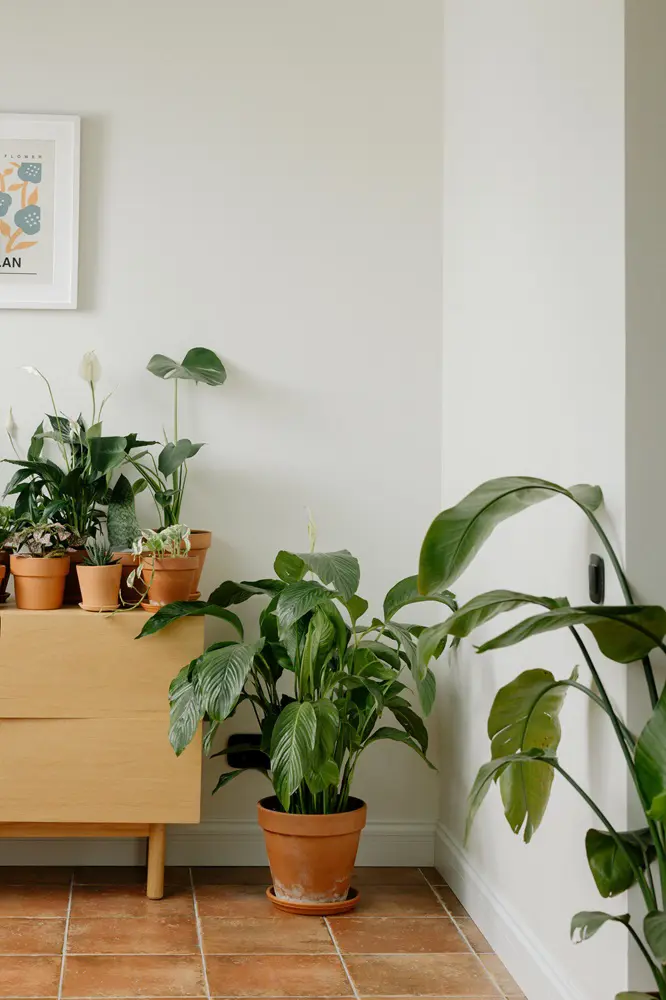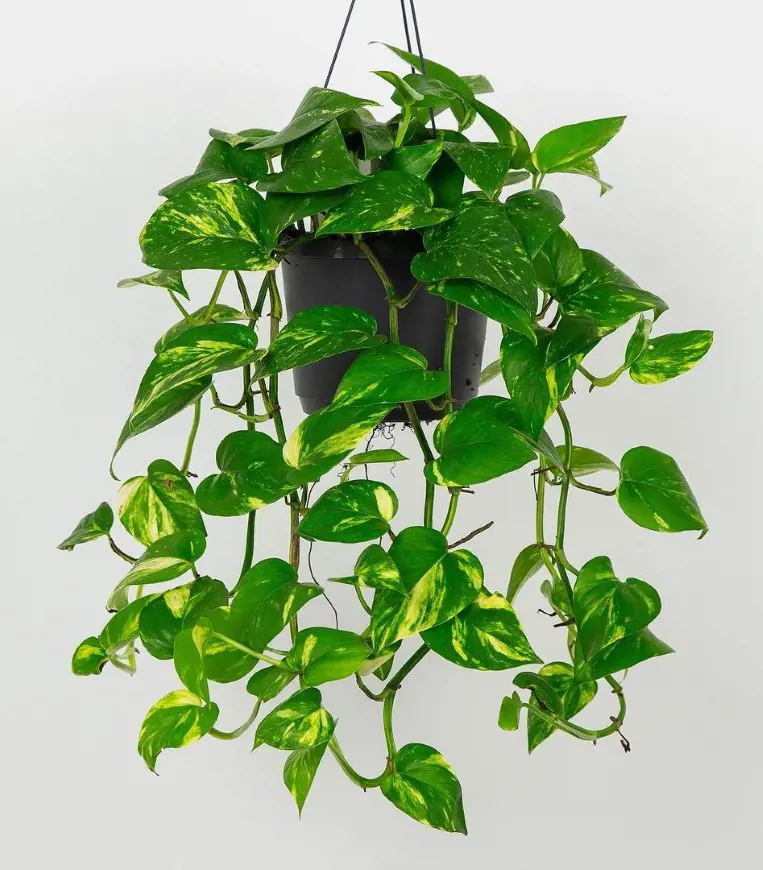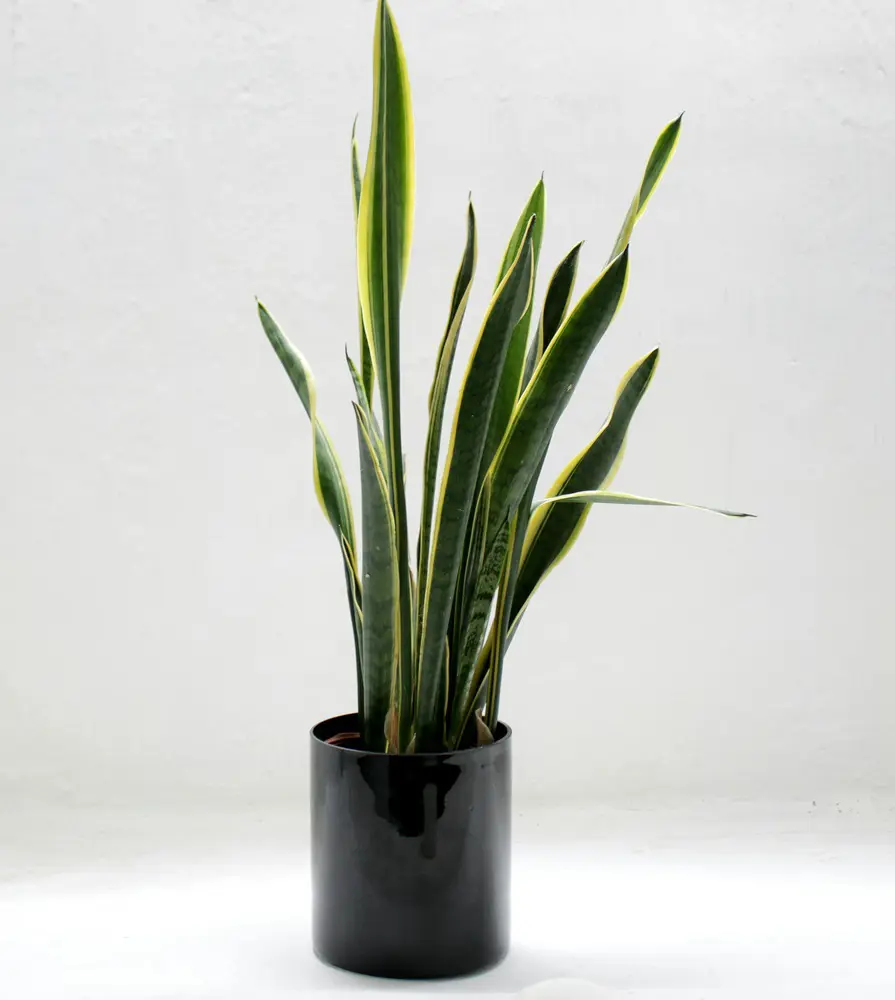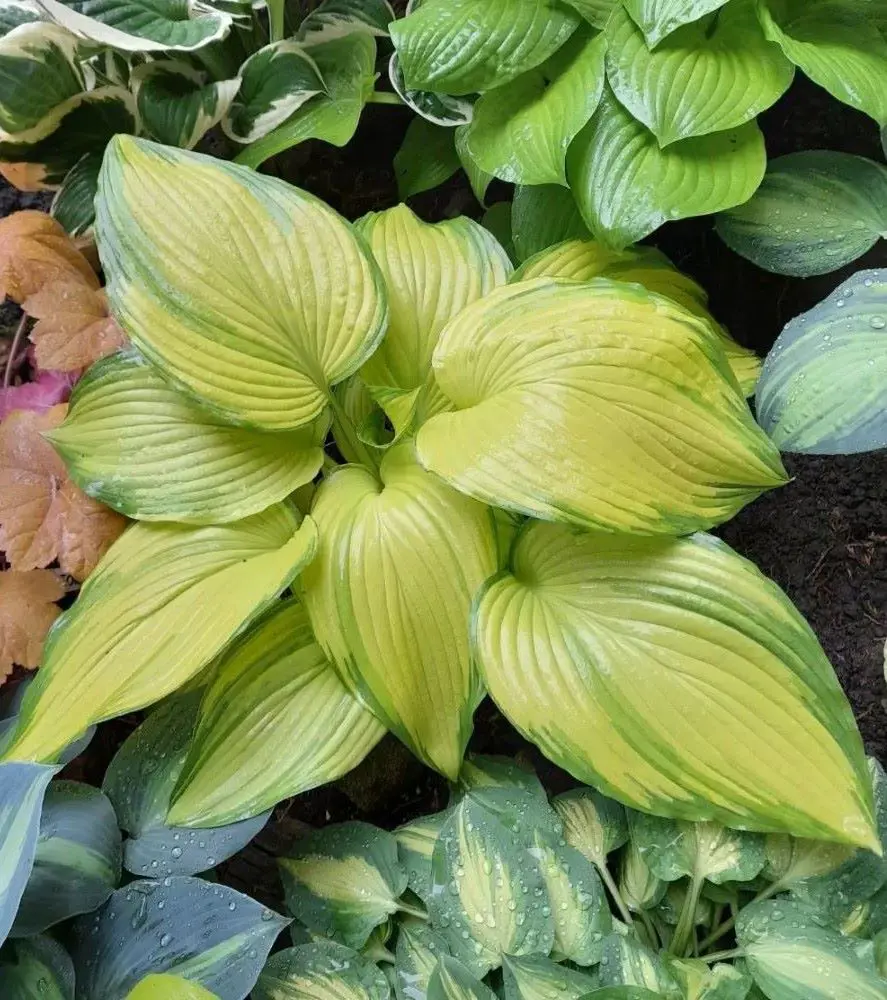How To Care For Succulents

This post may contain affiliate links. If you make a purchase through links on our site, we may earn a commission.
Succulents, with their striking shapes and vibrant colors, have become beloved houseplants for many. Beloved for their resilience and unique appearance, these desert-dwelling plants have captured the hearts of gardeners.
Succulents are incredibly adaptable; they possess the ability to survive in various environments with minimal attention. Their ability to store water in their fleshy leaves and stems enables them to withstand prolonged periods of drought.
Learn basic care tips and handling methods to grow healthy succulents, below.
What Are Succulents?
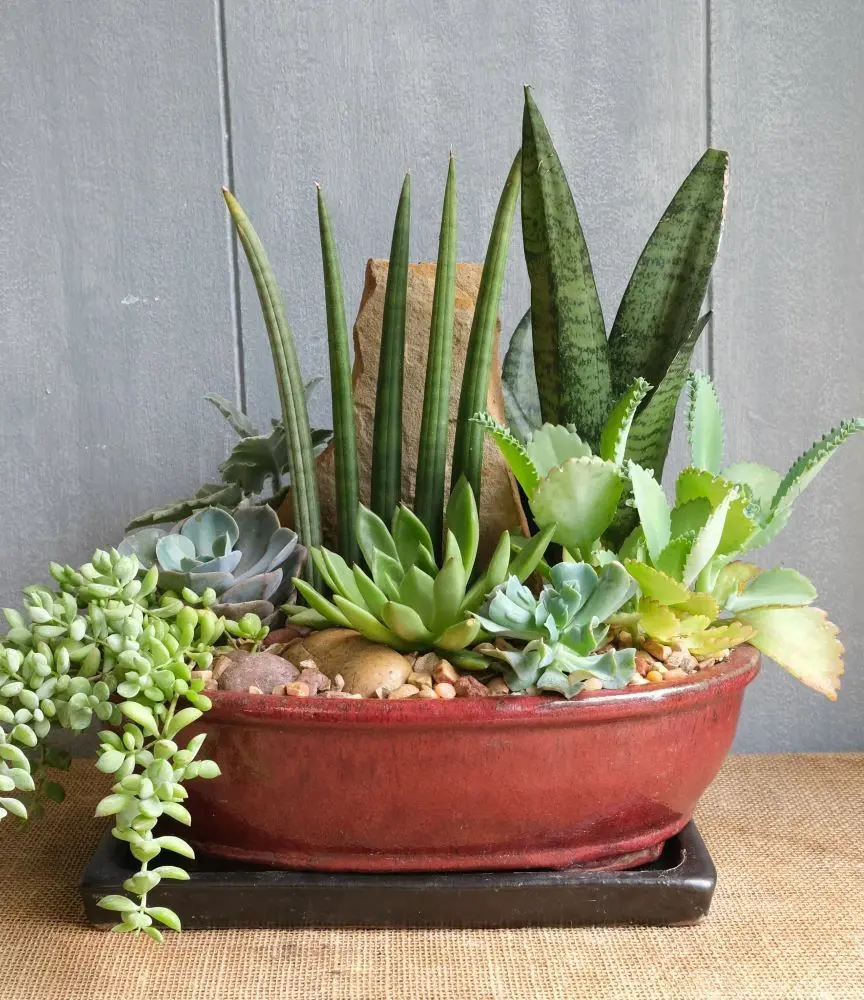
Succulents are a diverse group of plants characterized by their ability to store water in their leaves, stems, or roots, enabling them to survive in arid environments. They typically have thick, fleshy leaves or stems, often with a waxy coating to prevent water loss.
Additionally, succulents come in various shapes, sizes, and colors, ranging from tiny rosettes to large, branching forms. They are native to regions with low rainfall, such as deserts and semi-arid areas. But, they can also thrive in gardens, pots, and indoor settings with proper care.
Succulents consist of multiple types; common varieties include Aloe vera, Echeveria, Sedum, Crassula, Desert Rose, and Haworthia. Their resilience, low maintenance requirements, and striking appearances make them popular choices for novice and experienced gardeners.
Succulents Care
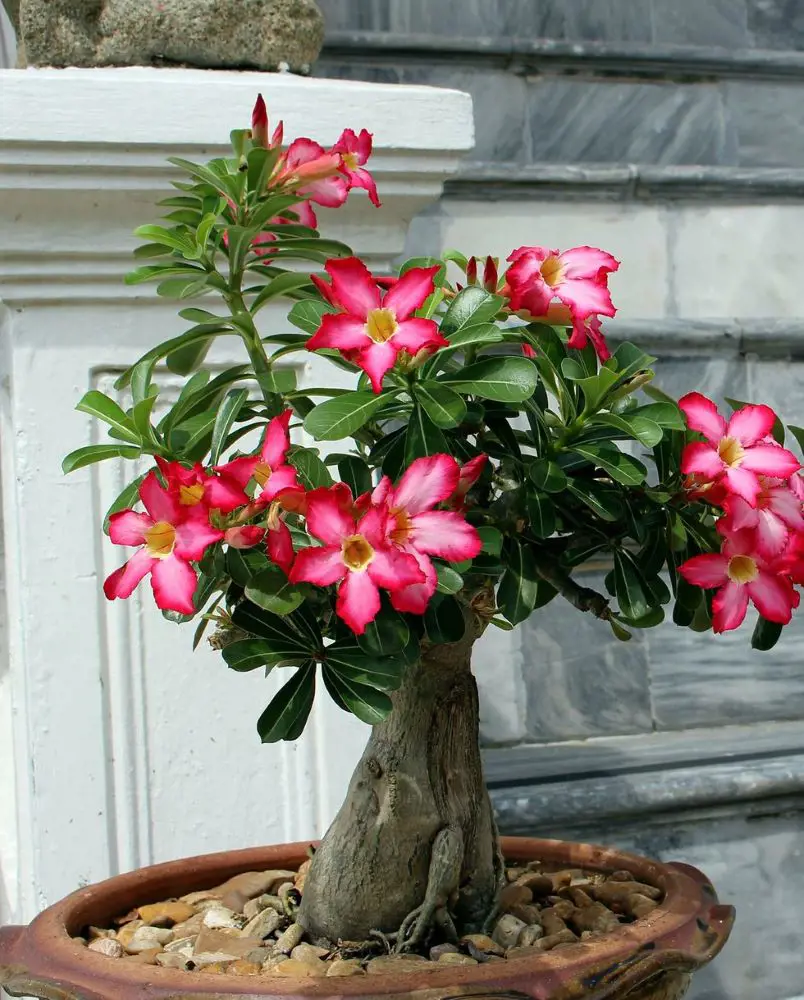
Succulents require minimal care, thriving in well-draining soil and sunlight. They can survive extended periods without regular care due to their water storage capabilities. However, occasional watering, adequate sunlight, and proper soil conditions enhance their growth and health, prolonging their longevity.
Light
Succulents generally flourish in bright, indirect sunlight. While they can tolerate some direct sunlight, too much can cause sunburn or leaf damage.
Indoors, placing them near a sunny window where they can receive several hours of indirect sunlight daily is ideal. Outdoor succulents benefit from morning sunlight and partial shade in the afternoon.
Water
Succulents have low water needs due to their ability to store water in their leaves and stems. Overwatering can lead to root rot and other issues, so allowing the soil to dry out between waterings is essential.
Typically, a thorough watering every 1-2 weeks during the growing season is sufficient, while reducing watering frequency during dormant periods in winter.
Soil
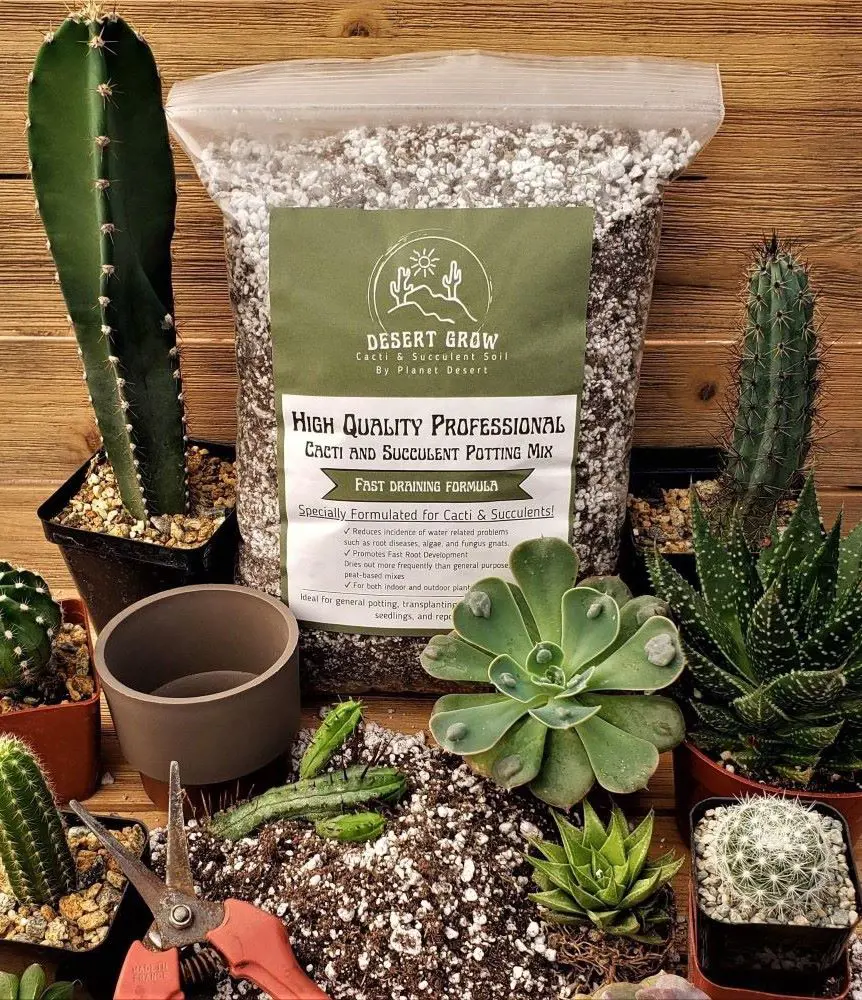
Succulents thrive in well-draining and porous soil that prevents waterlogging. A blend of potting soil, perlite, coarse sand, or pumice works well.
Alternatively, specialized succulent or cactus mixtures are available commercially. These soil mixes promote healthy root growth, prevent root rot, and allow for proper aeration, supporting the overall health and growth of succulents.
Temperature
Succulents generally grow in temperatures ranging from 60°F to 80°F (15°C to 27°C). They can tolerate higher temperatures, especially if humidity is low, but may require more frequent watering. In colder climates, many succulents can withstand temperatures as low as 40°F (4°C) but may need protection from frost to prevent damage.
Humidity
These plants prefer low to moderate humidity levels, typically ranging from 30% to 50%. High humidity can promote fungal diseases and root rot, particularly in indoor environments.
However, succulents can adapt to various humidity levels, provided their soil is well-draining and they receive adequate airflow to prevent moisture buildup around their leaves and roots.
Fertilization
Succulents benefit from a balanced, water-soluble fertilizer formulated specifically for cacti and succulents, diluted to half-strength. Apply the fertilizer during the growing season (spring and summer) every 2-4 weeks.
Avoid fertilizing during dormancy (fall and winter) when growth slows. Also, over-fertilizing can lead to excessive growth, weak stems, and other issues, so moderation is key.
Winter Care
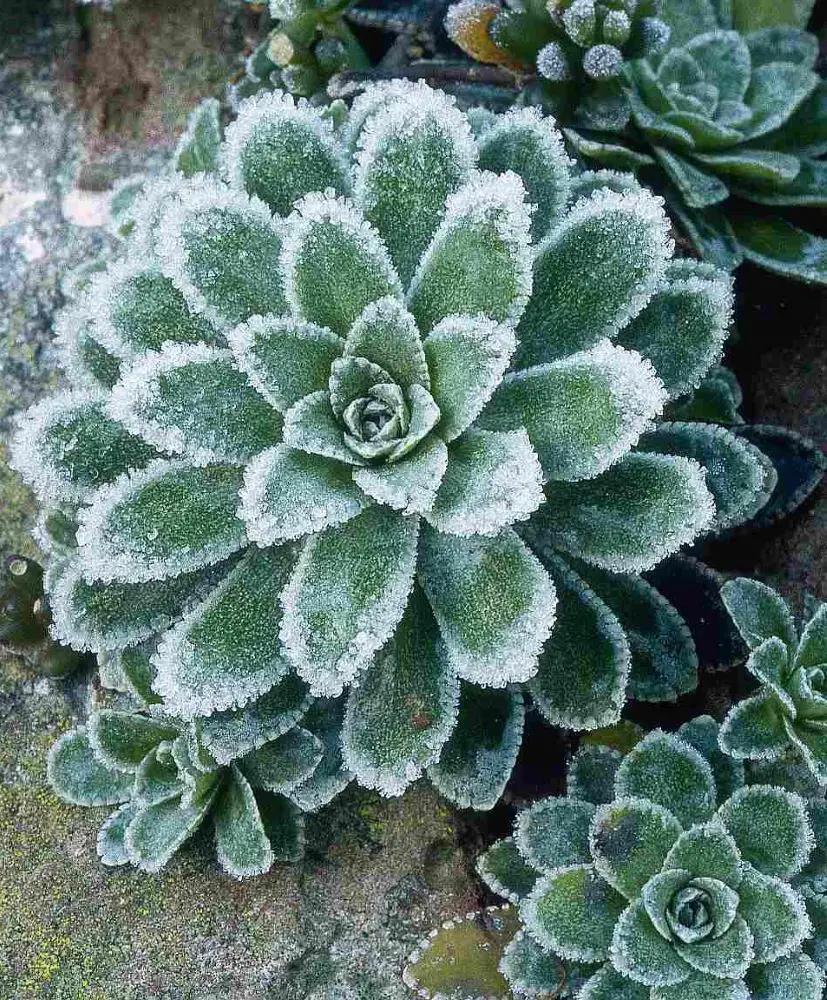
Succulent care includes protecting the plant during winter due to lower temperatures, reduced sunlight, and dry indoor air. They are susceptible to frost damage, stretching due to inadequate light, and overwatering from dry air.
Adjusting watering schedules, providing adequate light, and protecting them from freezing temperatures can help succulents thrive during the winter months.
These are a few ways to protect your succulents during winter:
- Temperature Control: Bring outdoor succulents indoors or provide insulation during freezing temperatures.
- Light Exposure: Place succulents in the sunniest indoor spots or supplement with artificial light to prevent stretching.
- Watering Management: Adjust watering frequency to account for reduced evaporation and dormancy. Allow soil to dry out between waterings to prevent root rot.
- Humidity Regulation: Increase humidity levels indoors through misting or a humidifier to counter dry air, preventing dehydration.
- Protection from Frost: Shield outdoor succulents with frost cloths or move them to warmer areas to prevent frost damage.
Repotting Succulents

Repotting succulents is crucial for their health as it allows for root growth and refreshes soil nutrients. It's recommended to repot every 1-2 years or when the plant outgrows its container.
Repotting helps prevent root-bound conditions, improves drainage, and promotes healthy growth, ensuring the succulent continues to thrive.
When To Repot
Look for these signs to find out if your succulent needs repotting:
- Roots protruding from drainage holes
- Stunted growth or yellowing leaves
- Soil drying out too quickly
- Succulent lifting out of the soil
- Cracked or damaged pot
Pot Selection
The ideal pot for growing succulents should possess the following features:
- Drainage Holes: Essential for allowing excess water to escape, preventing root rot.
- Porosity: Made from breathable materials like clay or terracotta, aiding in moisture regulation and preventing waterlogged soil.
- Size: Proportionate to the plant's size, with ample space for root growth without excessive room that could lead to overwatering.
- Shallow Depth: Succulents have shallow root systems, so a shallow pot helps prevent water retention and promotes proper aeration.
- Aesthetics: Complements the appearance of succulents and enhances overall visual appeal.
- Stability: Stable and sturdy to support top-heavy succulents and prevent tipping over.
- Insulation: Protects roots from extreme temperature fluctuations, especially in colder climates.
How To Repot Succulents
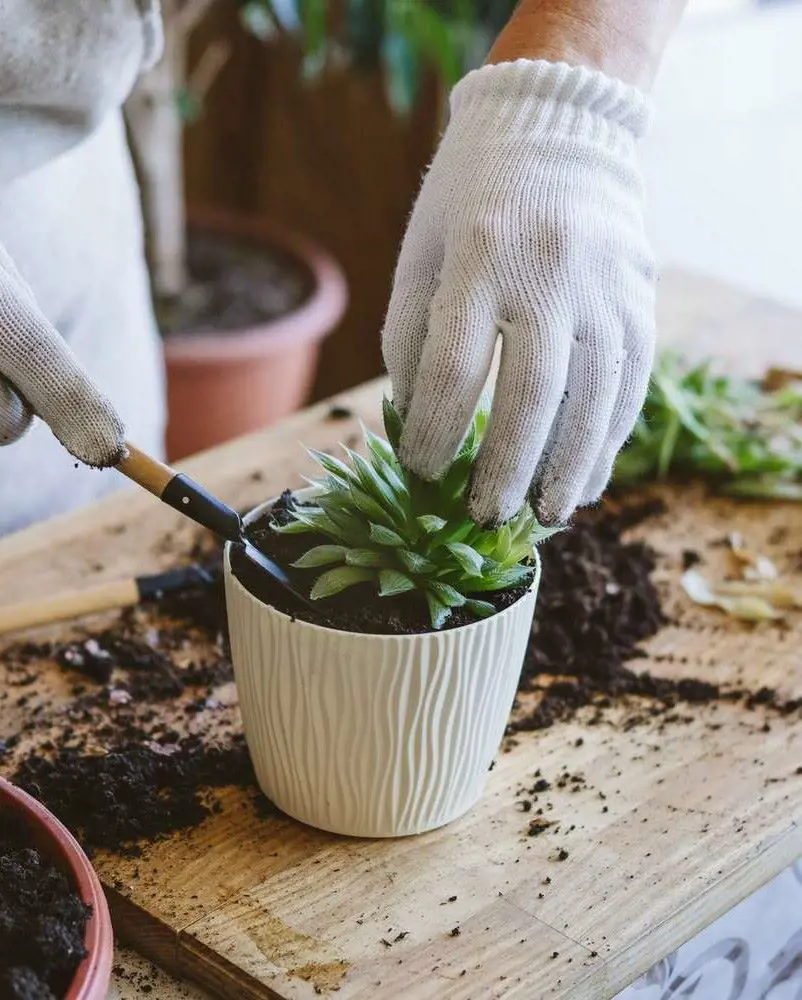
This step-by-step guide will help you repot succulents with ease:
- Choose the Right Time: Spring or early summer is ideal, when succulents are actively growing.
- Prepare the New Pot: Select a pot with drainage holes and fill the bottom with a layer of well-draining succulent or cactus potting mix.
- Gently Remove the Succulent: Carefully tilt the old pot and tap its sides to loosen the soil. Support the plant's base and gently lift it out.
- Inspect the Roots: Check for any signs of rot, pests, or overcrowding. Trim away any damaged or rotten roots with clean scissors or pruning shears.
- Prepare the New Soil: Mix fresh succulent or cactus potting mix with perlite or coarse sand to improve drainage and aeration.
- Place the Succulent in the New Pot: Position the succulent in the center of the new pot, ensuring it sits at the same depth as it was in the old pot.
- Fill in with Soil: Gently fill the space around the roots with the prepared soil mix, pressing down lightly to secure the plant in place.
- Water Sparingly: Water lightly after repotting, allowing the soil to settle and the roots to establish. Avoid overwatering during the first few weeks.
- Let it Settle: Allow the succulent to acclimate to its new pot and environment for a few days before resuming normal care routines.
How To Grow Succulents
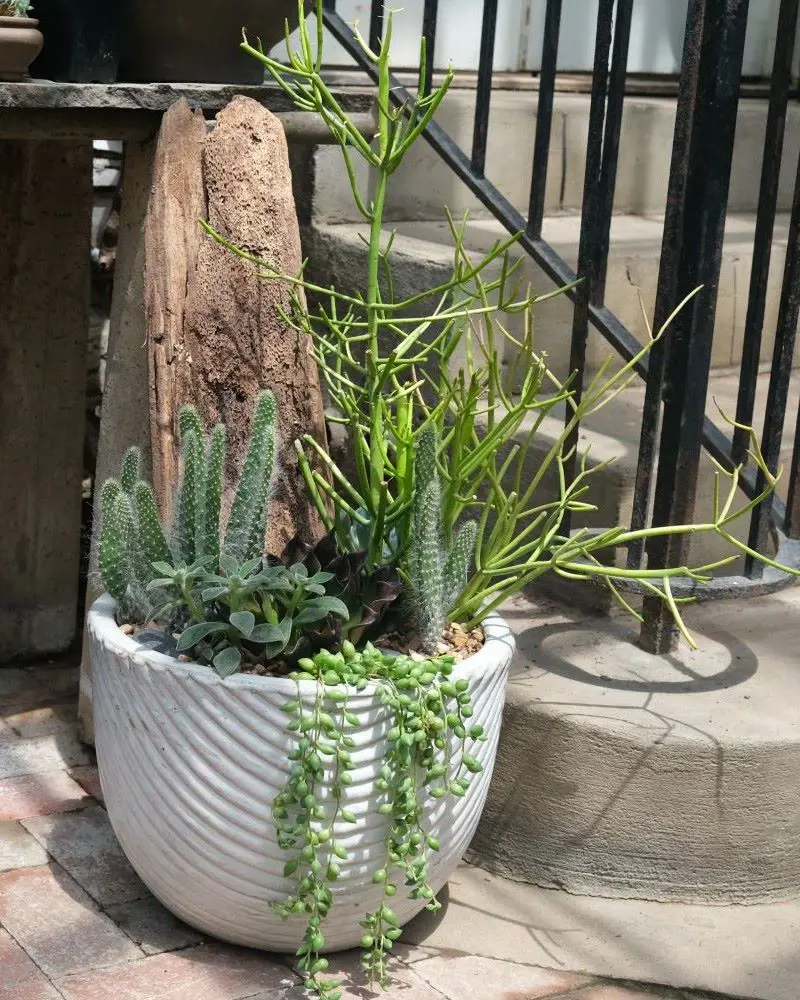
Succulents can be grown through various methods, including leaf cuttings, stem cuttings, division, and seeds. Leaf cuttings, where a leaf is removed and allowed to root, are among the most effective methods for many succulent species due to their simplicity and high success rate.
When To Plant
The best time to plant succulents is during the spring or early summer months when temperatures are mild, and daylight hours are increasing. This allows the plants to establish their root systems and acclimate to their new environment before facing harsh conditions or entering dormancy.
Where To Plant
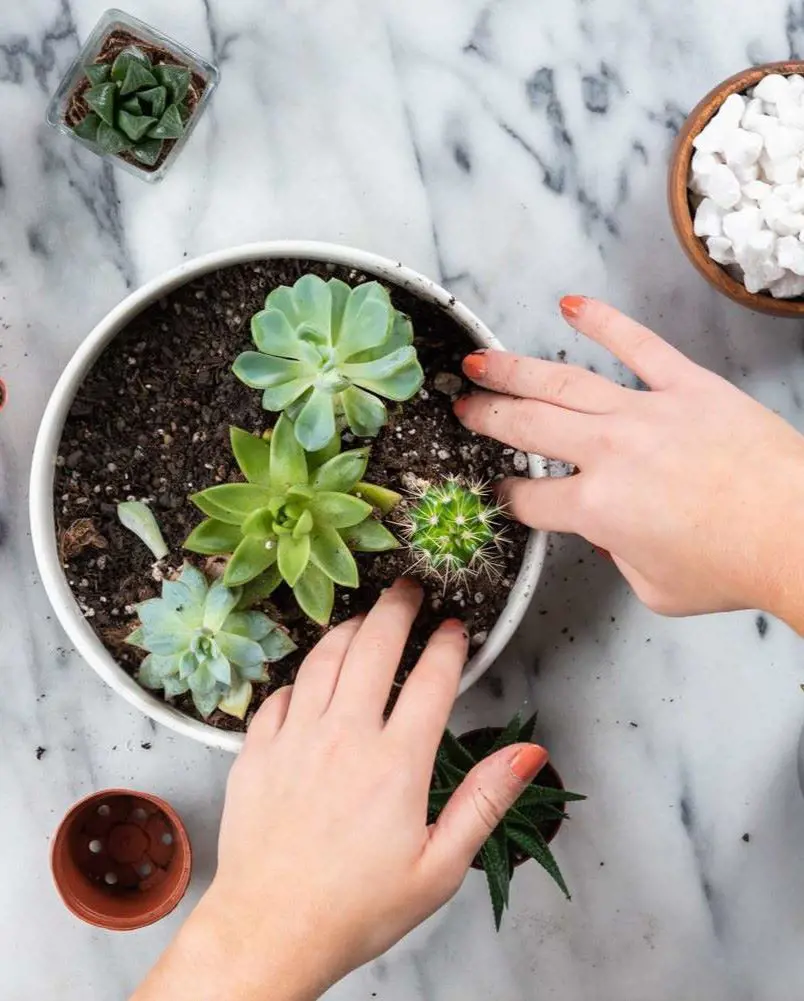
Succulents should be planted in a spot that receives ample sunlight. Choose a south or west-facing window or outdoor area with at least 6 hours of sunlight per day.
Well-draining soil and protection from harsh elements like strong winds or excessive rain are also important considerations for optimal growth.
Depth, Support, And Spacing
Succulents typically prefer shallow pots to accommodate their shallow root systems. They may require support for top-heavy varieties, such as stakes or rocks.
Likewise, adequate spacing between plants prevents overcrowding, ensuring good airflow and reducing the risk of fungal diseases.
Pests And Disease Control
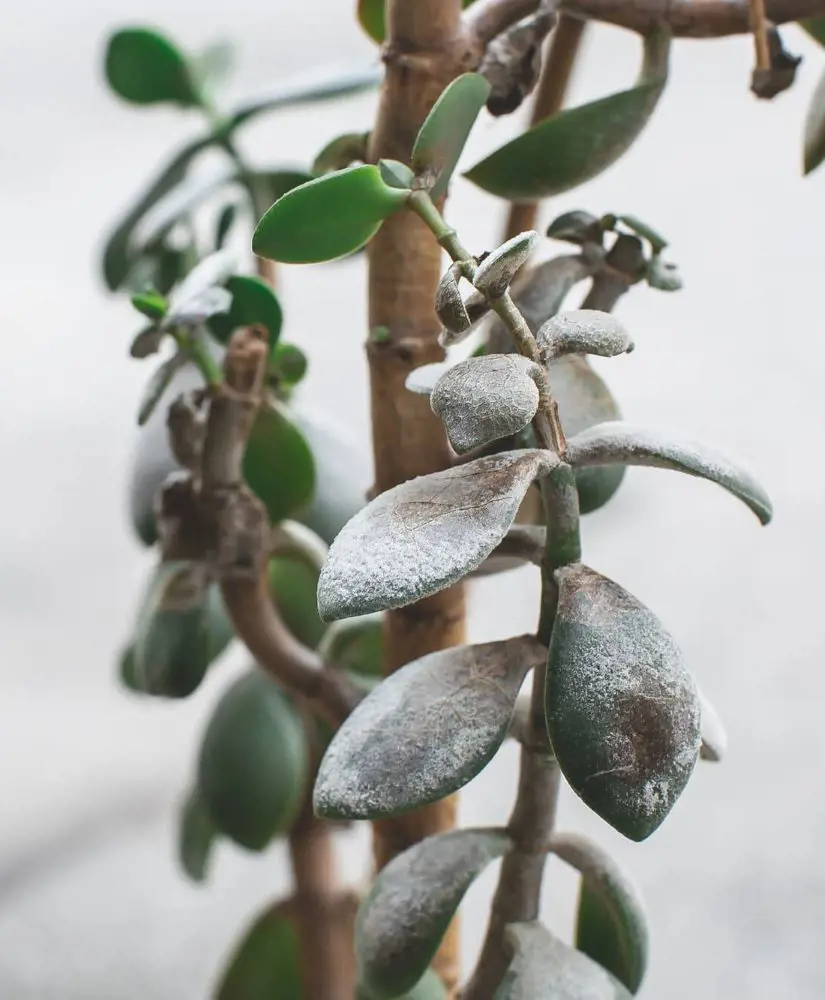
Common pests affecting succulents include aphids, spider mites, and mealybugs, while diseases like root rot and powdery mildew are prevalent. Pests can cause wilting, yellowing, or distorted growth, while diseases may lead to rotting or discoloration of leaves. Both can weaken the plant's health, causing stunted growth or even death if left untreated.
Aphids
Aphids, tiny sap-sucking insects, can damage succulents by causing wilting, yellowing, and distortion of leaves. They also excrete honeydew, attracting mold and ants.
Solution: Spray affected plants with a strong jet of water, apply insecticidal soap or neem oil, or introduce natural predators like ladybugs. Regular monitoring and early intervention are crucial to prevent aphid infestations from spreading.
Spider Mites
Spider mites, microscopic arachnids, attack succulents by piercing leaf cells and sucking out their contents, causing stippling, discoloration, and webbing. Infestations weaken plants and reduce their vigor.
Solution: Regularly mist leaves to increase humidity, prune affected parts, and apply insecticidal soap or neem oil. Introducing natural predators like predatory mites can also help control spider mite populations. Consistent treatment and monitoring are essential for effective eradication.
Powdery Mildew
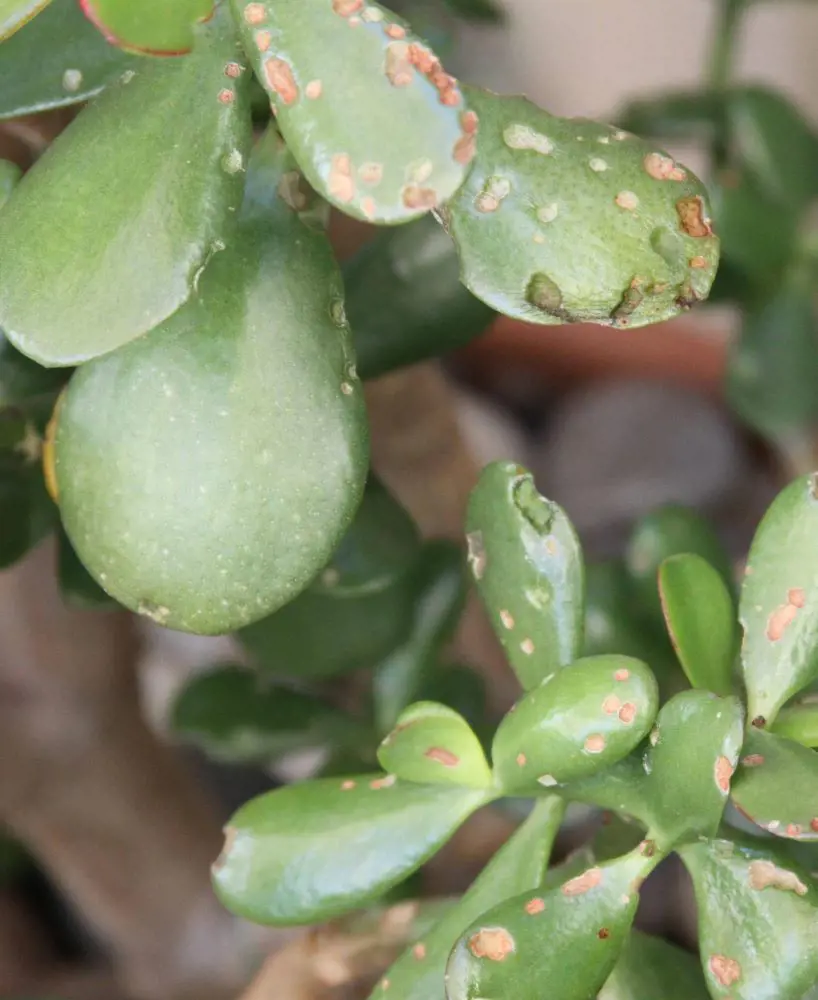
Powdery mildew in succulents is caused by fungal spores that thrive in warm, humid conditions. It appears as a white or gray powdery substance on leaves and stems, hindering photosynthesis and weakening the plant.
Treatment: Remove affected leaves, increase airflow around plants, and apply fungicidal sprays like neem oil or potassium bicarbonate. Preventive measures include avoiding overhead watering and overcrowding plants. Regular monitoring helps catch and treat infections early.
Root Rot
Root rot is typically caused by overwatering or poorly draining soil, leading to fungal infections like Fusarium or Phytophthora. Symptoms include wilting, yellowing, and mushy or blackened roots.
Treatment: Remove affected areas, allow the soil to dry out, and repot in well-draining soil. Adjust watering practices to prevent recurrence, ensuring the soil dries out between waterings.
Recent posts
Plant Care
Plant Care
How To Take Care Of An Orchid Plant? 11 Tips And Tricks
If you love gorgeous orchids but are worried they're too high-maintenance, don't worry. This guide is like a cheat sheet for orchid newbies. Forget fancy words and confusing schedules — we're talking about how to take care of an orchid pla...
Plant Care
How To Grow and Care For Peace Lily Plant
The Peace Lily is an indoor plant that is most valued for its beautiful and shiny green leaves as well as the white blooms. Hard and tolerant, it’s naturally a low-maintenance addition to your plant collection. If you are confused, let us tell ...
Plant Care
Pothos Plant Care And Growing Guide
Adding a Pothos plant (Devil’s Ivy) to your home benefits the environment and aesthetic of your personal space. It's easy to maintain and is loved for it's ability to enhance indoor air quality by removing toxins like formaldehyde, benzene, and...
Plant Care
Snake Plant Care and Growing Guide
Snake plants require low maintenance, and low light and are almost impossible to kill, making them a perfect plant for beginners and seasoned gardeners. In this guide, we will explore essential care tips and optimal growing conditions for snake plant...
Plant Care
How To Plant, Grow and Care Majesty Palm
The majestic palm, scientifically known as Ravenea rivularis, makes for a stunning indoor tree with its lush and grand fronds. Originating from Madagascar's river banks, this resilient houseplant is cherished not only for its beauty but also for its ...
Plant Care
How To Grow And Care For A Hosta Plant
Hosta plants are widespread perennials, often grown for their beautiful and diverse foliage. They are extremely easy to care for and can thrive in various conditions, particularly shade or semi-shade. These hardy plants can last for many years and re...

